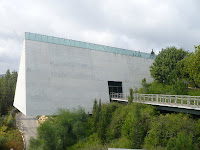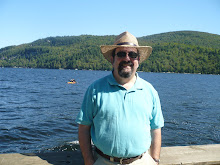






We arrived safely back in Vermont. It's good to be back. Yael and I have shared an incredible experience together with some wonderful memories. Over the next few days, I will reread my blog, as well as Yael's to add some more thoughts.
Five important ones....
1. I can't say enough how great it was to travel and study with Rabbi Alan Ullman. His insights into Torah truly elevated me.
2. Our Israeli guide, Nir Ofer, shepherded us through the desert and made this trip as fantastic as it was. He attended to our every need. His knowledge of Israel and Torah was a tremendous asset and blessing to us all.
3. I came away from Israel with a real appreciation of David Ben Gurion. He was a modern day Moses in that he led the children of Israel into statehood. His vision for Israel and for the desert in particular is inspiring. I plan to read more about him both autobiographical, biographical and historical fiction (e.g. The Hope by Herman Wouk).
4. My fellow travelers definitely helped to make this a trip to remember. Over the course of a mere 10 days, we bonded in such a way that I am confident we have forged a lasting relationship. Each one of us brought his or her insights to our studies that I lost track of all of the "aha" moments. The camaraderie was another blessing of this trip.
5. I truly felt safe wherever we walked in Israel. I had a real sense of belonging. However, there were definitely reminders of the fragility of peace. Not only did you see soldiers (sadly very young) with guns (although less than I remember from 28 years ago), you couldn't help but notice the bullet fragments in the walls. Experiencing Israel renewed my commitment to its well being.




















